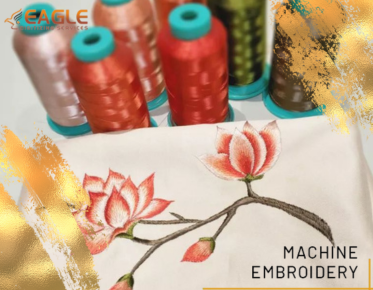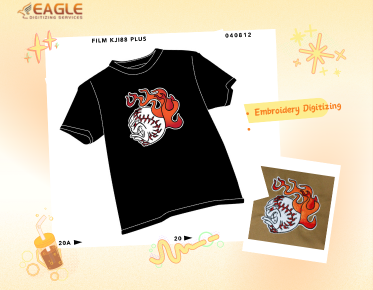Auto Digitizing Software Comparison: Features of Wilcom, Hatch, and Embird
In the world of embroidery digitizing, choosing the right software can significantly impact the quality and efficiency of your work. Among the top contenders in the market are Wilcom, Hatch, and Embird. Each of these software solutions offers unique features tailored to different user needs, from beginners to seasoned professionals. This comprehensive comparison will delve into the features, usability, and distinct advantages of each software, helping you make an informed decision.
Wilcom: The Industry Standard
Wilcom is often regarded as the industry standard for embroidery digitizing software. Known for its robust features and precision, Wilcom offers a comprehensive suite of tools that cater to professional digitizers. Its standout features include advanced stitch editing, a vast library of embroidery fonts, and seamless integration with various embroidery machines. Wilcom's user interface is designed for efficiency, allowing users to navigate complex designs with ease.
Advanced Stitch Editing
One of Wilcom's most praised features is its advanced stitch editing capabilities. Users can manipulate individual stitches, adjust stitch density, and apply various stitch effects to enhance the final embroidery design. This level of control is particularly beneficial for intricate designs that require precision.
Extensive Font Library
Wilcom boasts an extensive library of embroidery fonts, providing users with a wide range of typographic options. This feature is especially useful for projects that involve monograms or text-based designs, ensuring that users can find the perfect font for their needs.
Hatch: User-Friendly and Versatile
Hatch, developed by the same company as Wilcom, is designed to be more user-friendly, making it an excellent choice for beginners and hobbyists. Despite its ease of use, Hatch does not compromise on features. It offers a versatile set of tools that cater to both simple and complex designs. Hatch's intuitive interface and helpful tutorials make it accessible to users with varying levels of experience.
Intuitive Interface
Hatch's interface is designed with the user in mind, featuring a clean layout and easy-to-navigate menus. This simplicity allows users to focus on their designs without being overwhelmed by complex tools and options.
Comprehensive Tutorials
For those new to embroidery digitizing, Hatch provides a wealth of tutorials and resources. These guides cover everything from basic operations to advanced techniques, ensuring that users can fully utilize the software's capabilities.
Embird: Affordable and Customizable
Embird is known for its affordability and customization options, making it a popular choice among small business owners and independent designers. While it may not have the same level of polish as Wilcom or Hatch, Embird offers a solid set of features that can be expanded through various plugins.
Cost-Effective Solution
Embird's pricing structure is one of its most attractive features. Users can purchase the base software and add plugins as needed, allowing them to tailor the software to their specific requirements without unnecessary expenses.
Plugin Flexibility
Embird's plugin system provides users with the flexibility to expand the software's capabilities. Whether you need additional stitch types, font options, or design tools, Embird's plugins allow for a customizable experience that can grow with your needs.
Choosing the Right Software for You
When choosing between Wilcom, Hatch, and Embird, consider your specific needs and budget. Wilcom is ideal for professionals seeking advanced features and precision. Hatch offers a balance of usability and versatility, making it suitable for both beginners and experienced users. Embird provides a cost-effective and customizable solution for those who prefer a modular approach.
As the embroidery industry continues to evolve, staying updated with the latest software advancements is crucial. Whether you're a hobbyist or a professional, investing in the right embroidery digitizing software can enhance your creativity and efficiency. Eagle Digitizing excels in providing professional embroidery digitizing services, ensuring every design is crafted with unmatched precision. As technology advances, we can expect even more innovative features and tools to emerge, further transforming the landscape of embroidery digitizing.



